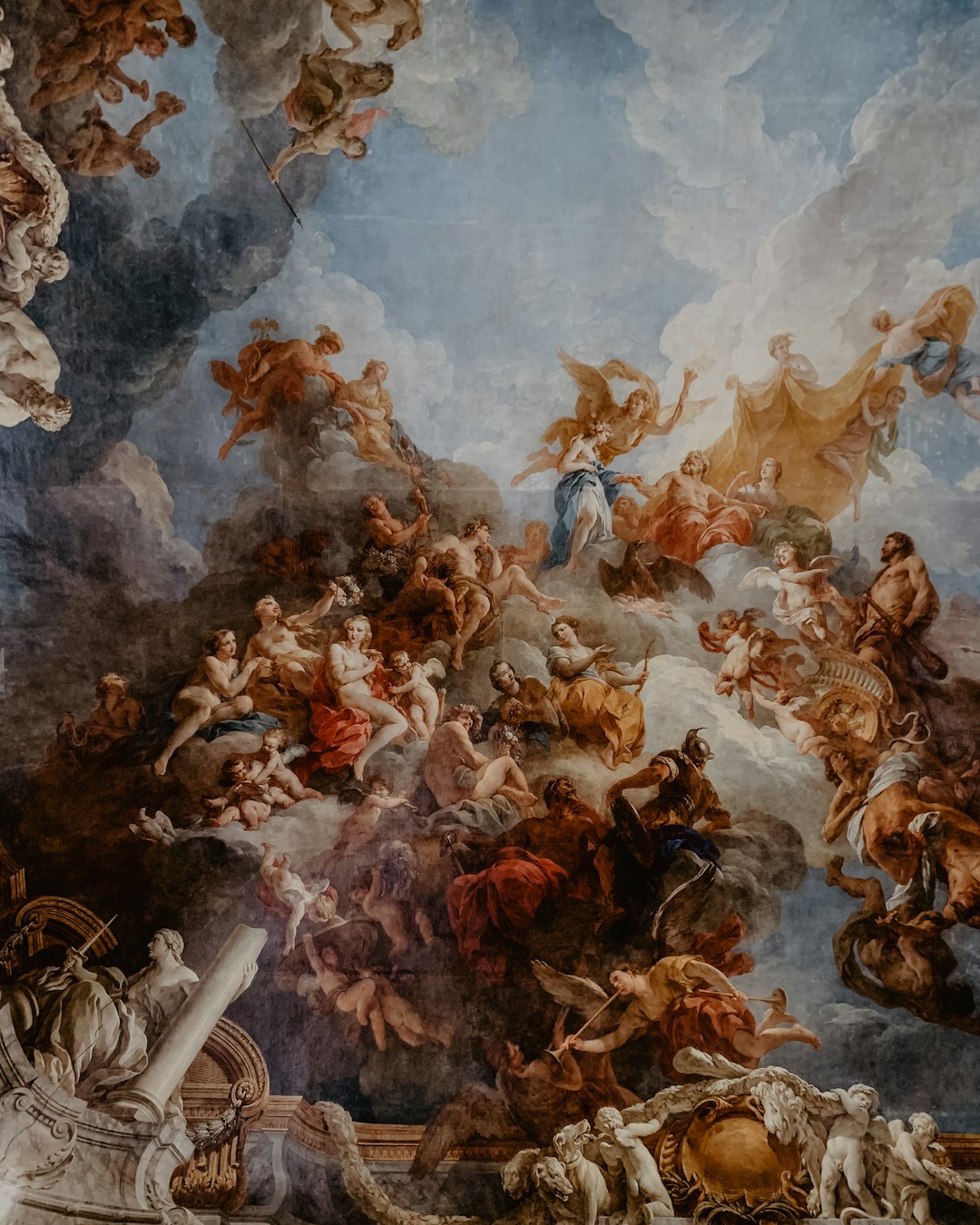Over the past few years, digital art collecting has transformed from a niche interest into a booming online phenomenon, thanks largely to the rise of Ethereum-based NFTs (Non-Fungible Tokens). With a growing number of artists creating one-of-a-kind works and buyers investing in them, NFTs have opened up exciting opportunities for art lovers and collectors to own verifiable digital assets on the blockchain. For newcomers eager to get started, understanding the technology and logistics of collecting digital art through Ethereum is an essential first step.
What is an NFT?
An NFT is a unique digital asset stored on a blockchain, most commonly Ethereum, which proves ownership and authenticity. Unlike cryptocurrencies such as Bitcoin or Ethereum itself, NFTs are not interchangeable; each one is one-of-a-kind (or part of a limited edition), making them ideal for representing digital art, music, videos, and even virtual real estate.
Why Ethereum?
Ethereum is the most popular blockchain for NFTs because it was the first to support smart contracts, which enable complex transactions and digital asset management. Well-known NFT marketplaces such as OpenSea, Foundation, and Rarible run on Ethereum, making it fertile ground for collectors to discover and purchase authentic digital art.
Getting Started: A Step-by-Step Guide
-
Set Up an Ethereum Wallet
To start collecting NFTs, you’ll need a secure digital wallet that supports Ethereum. Popular choices include MetaMask, Trust Wallet, and Coinbase Wallet. These wallets let you store crypto and interact with NFT marketplaces directly. -
Buy Ethereum (ETH)
You’ll need ETH, the native cryptocurrency of Ethereum, to purchase NFTs and pay transaction fees (gas fees). ETH can be bought on popular exchanges like Coinbase, Binance, or Kraken. -
Connect Your Wallet to an NFT Marketplace
Head over to platforms like OpenSea.io or Foundation.app and connect your wallet. Once connected, you can browse, buy, or bid on NFT art. Always ensure you’re using official, secure sites. -
Explore and Select Your First NFT
Narrow your search by artist, category, or price. Many platforms provide filters and social features to help you find trending and verified creators.

-
Make Your Purchase
After choosing an NFT, complete the purchase using your ETH. Be aware of gas fees, which vary depending on network congestion. Once the transaction is confirmed, the NFT will appear in your wallet and your selected NFT gallery.
Tips for New Collectors
- Do Your Research: Always investigate the artist, check if the NFT is part of a limited edition, and see if the work is verified by the platform.
- Check Ownership and Rarity: Confirm that the NFT is truly unique or part of a limited series. Scarcity often adds to value.
- Watch Out for Scams: Only use verified platforms and never share your wallet’s private key or seed phrase.
- Use Social Media: Follow artists and collectors on platforms like Twitter, Discord, and Instagram to stay updated on upcoming drops.
Looking Ahead
As blockchain technology matures and more artists enter the space, digital art collecting will likely become an even more robust and accessible market. With platforms like Ethereum making it easy to own, trade, and display digital assets, now is a great time to begin your journey into the world of NFT art ownership.

FAQs
-
What does owning an NFT actually mean?
Ownership of an NFT means you hold a verifiable record on the blockchain that links to a specific digital item, such as a piece of artwork. It’s like owning an original signed print in the digital world. -
Can I sell my NFT later?
Yes, most NFT platforms let you re-list your NFTs for sale. The value can go up based on demand and the reputation of the artist. -
How do I know the NFT is authentic?
Check if the artist is verified on the NFT platform and that the smart contract address is legitimate. Be cautious of copycats. -
Are there environmental concerns?
Yes, Ethereum’s current proof-of-work model consumes energy, but upcoming upgrades like Ethereum 2.0 aim to address these concerns through proof-of-stake mechanisms. -
Do I need to be a tech expert to buy NFTs?
Not at all. With modern wallets and user-friendly platforms, even beginners can start collecting NFTs with just a basic understanding of cryptocurrency and digital transactions.

